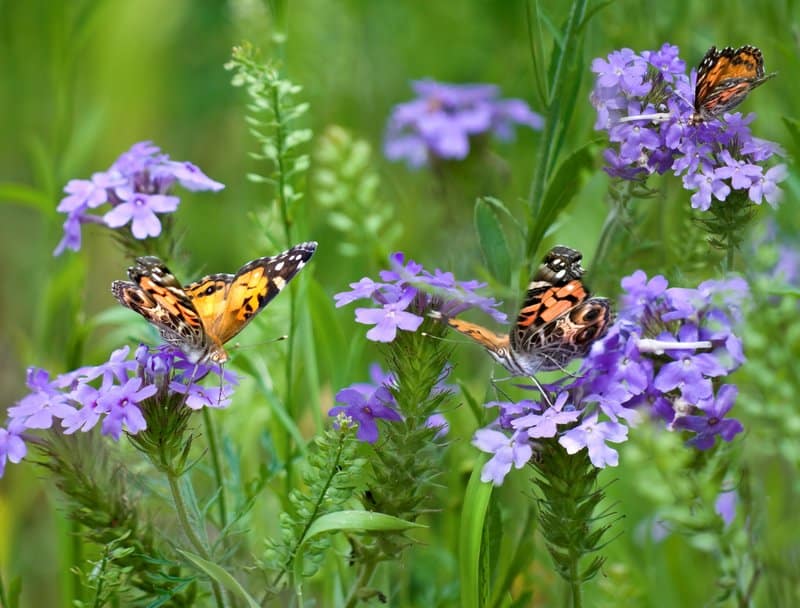CA Contractors #344056

Your eco-friendly landscape design is the gift that keeps on giving. From growing native plants that don’t need as much water, pruning, or maintenance to preventing the use of harmful chemicals or pesticides, your conscious efforts will pay off exponentially.
Here are some of the things to focus on when planning an eco-friendly landscape design here in the Bay Area.
There’s a big-picture approach required for eco-friendly landscape design, including everything from the methods used to prepare the landscape, to the techniques and amendments required to maintain the landscape year-round. The less earth removal and amendment you have to do at the outset, the more fuel you conserve, and the less you destroy the native plants and soil conditions that are already in place for you. The more native- and drought-tolerant plants you use, the less water and maintenance required from season-to-season. Working with the land’s natural contours and features supports drainage and water runoff, which benefits your home.
That being said, if your home is a new construction home and the soil was already graded and amended to support the structural integrity and stability of your home, and it’s the foundation, your yard may need some TLC to restore the yard soil back to its native condition.
Not surprisingly, native plants tend to thrive in their environment without much help from humans at all. Therefore, using native plants in your landscape designs makes it easy to enjoy year-round greens and blooms, without a whole lot of effort on your part. Another bonus of native plants is that they attract local birds, bees, and other pollinators, which are necessary for the health of our entire eco-system and food supply.
Worried that may attract the wrong types of critters – aka “pests” – into your world? Speak with your landscape designer about native plants that deter deer or rodents, but that encourage healthy insects and pollinators into your outdoor world.
The good news here in the Bay Area is that our moderate climate supports a wealth of native plants that add year-round visual interest to your home and gardens.
Living in California requires a steady focus on water conservation. Even here in Northern California, where rainfall is higher, and temperatures are lower, we still need to do our part to save water. The good news here is that a landscape focusing on native plants is almost always drought-tolerant.
For a detailed description of what that means for you, read our post, Everything You Need to Know About Drought Tolerant Landscaping.
In the meantime, the tenets of a drought-tolerant landscape include:
You can go a step further by implementing some form of a greywater system in your home, where water from rain run-off or your sinks, baths, and showers is stored in tanks or barrels for future irrigation. This can save thousands of gallons of water per year depending on how you design the system.
We mentioned that growing plants in pots is a tenet of a drought-tolerant landscape, but it’s also a practice in drought-tolerant landscaping because the plants use less water. Using pavers with spaces between them (to support water absorption and soil biodiversity), and then putting your plants in pots and containers looks beautiful and minimizes the need for ground cover.
Read your fertilizer and herbicide/pesticide labels carefully. Most of them are laden with harmful chemicals and toxins no matter how pretty the label. Learn about eco-friendly pest control and fertilizing alternatives – such as converting your kitchen and yard waste into compost – and make your yard and property healthier for all living things – including your pets and your kids!
Looking for professional help as you convert your existing landscape into eco-friendly landscape design? Bay Area Landscapes is here to help. Contact us to schedule a design consultation. (510) 944-0898.